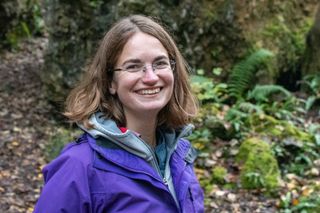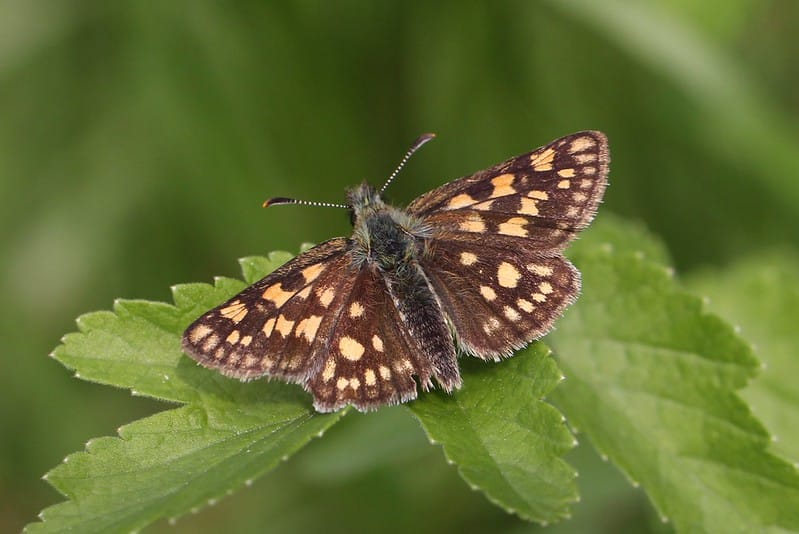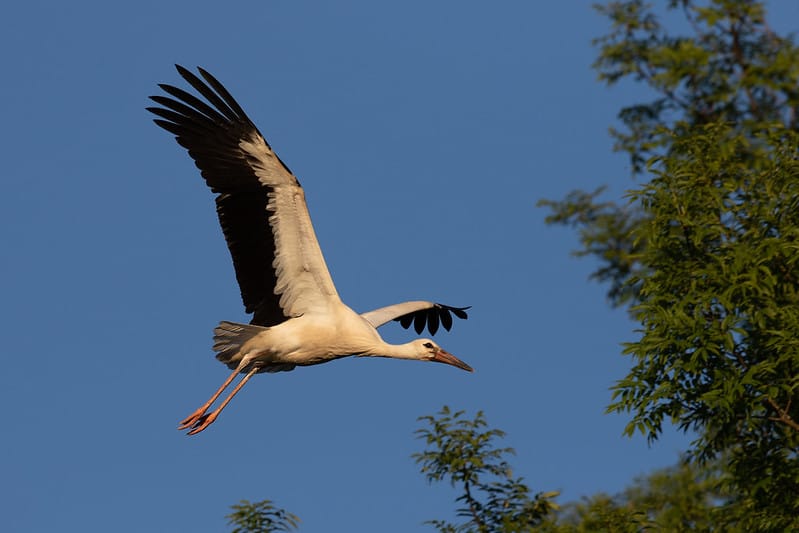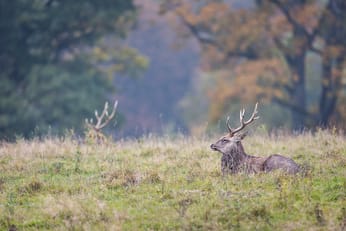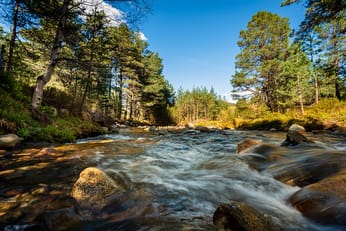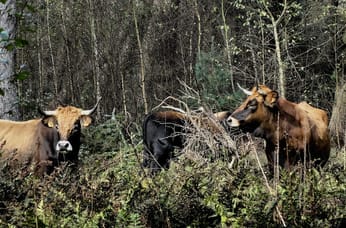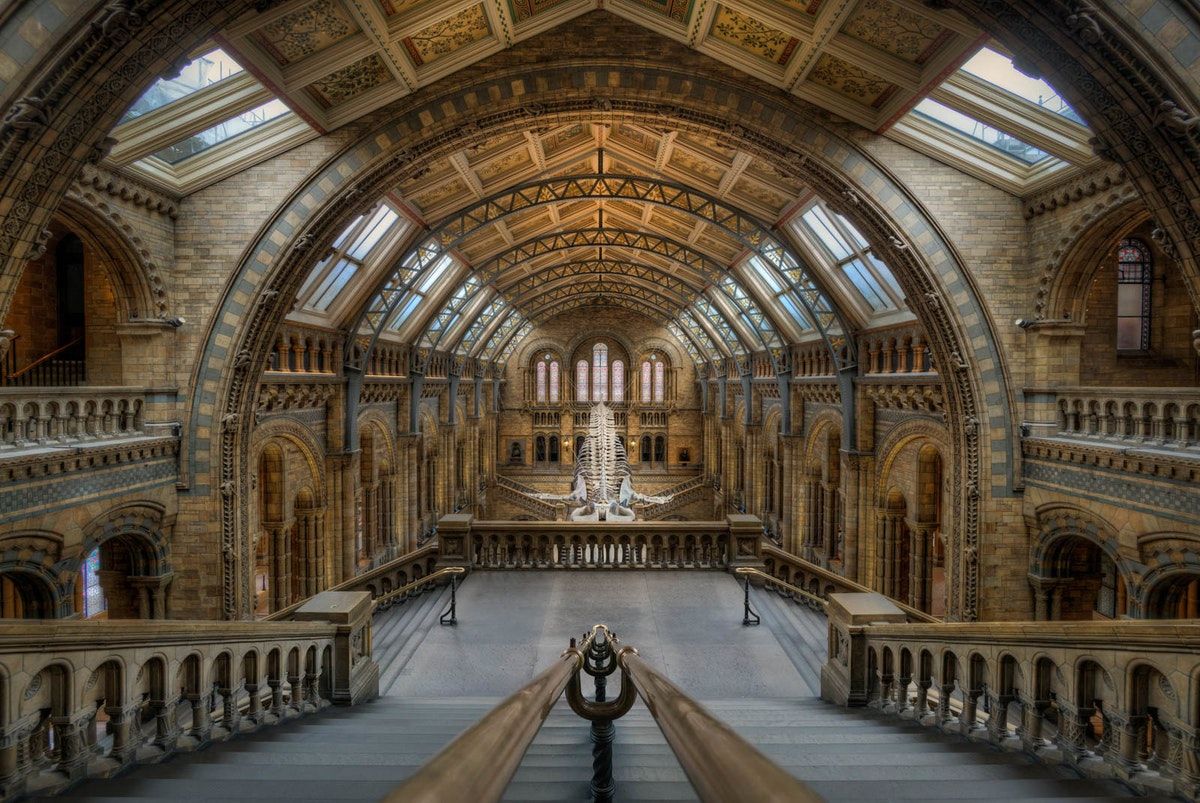
Natural history museums are rooted in racism
Britain’s natural history collections were amassed through colonialism and slavery. Museums are still grappling with this legacy.
The Natural History Museum is, for most people, a bewitching place.
It is a vault of inexhaustible wonders; a trove of fossils, insects, stuffed birds, and plant specimens from around the world.
Yet it is also a place rooted in racism, its treasures taken by force by scientists and colonialists who left death and destruction in their wake. By failing to acknowledge this, we do a disservice to science, to history, and to the people of colour misrepresented and erased by these institutions.
More than ever, museums are being forced to acknowledge the dark past of their collections. Yet these criticisms have generally targeted museums that focus on social sciences, like archeology and anthropology, while natural history has largely escaped censure. There is a perception that these collections are severed from their pasts – neutral extracts from a planet we need to protect.
Research and activism is throwing cold water on that assumption. A paper published in 2018, by curators Miranda Lowe and Subhadra Das, highlights how the UK’s racist history underpins the collections in the Natural History Museum – and how racist assumptions continue to determine how these objects are exhibited today.
Imperialism and slavery
The British ships that set sail in the eighteenth and nineteenth centuries were often pursuing two missions: imperial control and scientific discovery. “The history of Enlightenment science and European colonialism are so inexorably entangled that they may be considered one and the same,” write Lowe and Das in their paper.
When Charles Darwin sailed aboard the HMS Beagle in 1831, he joined an expedition whose central purpose was to map the South American coastline and Falkland and Galápagos Islands to enable better British control of these areas. And when Captain James Cook sailed to Tahiti in 1768, he set out with soldiers, gunpowder and weapons – and returned to England in 1771 with vast numbers of botanical and zoological specimens.
The attitudes and beliefs of many of these Enlightenment naturalists were also profoundly racist. It was during this period that scientists began to wrongly assign certain characteristics to particular “races”. The famous taxonomist Carl Linneaus believed Europeans to be “acute, inventive… Governed by laws,” while he deemed Africans to be “crafty, indolent, negligent… Governed by caprice.” One early director of the Natural History Museum even developed callipers to measure so-called racial traits.
“Wherever these colonialist scientific expeditions went, subjugation of native people, slavery, and genocide were the result,” write Lowe and Das. These are the objects that we queue down Exhibition Road to see on display today.
Racism on display
In natural history museums, historical context is hidden behind a cloak of Western scientific objectivity, which is presented as the ultimate form of knowledge. This erases the stories of how specimens travelled to Britain and the alternative forms of knowledge in the countries and cultures where these specimens originated.
The Natural History Museum also ignores the contribution that African and indigenous people made to the documentation and understanding of local flora and fauna, according to Lowe and Das. One such omission is that of a Ghanaian slave, botanist and healer named Graman Kwasi.
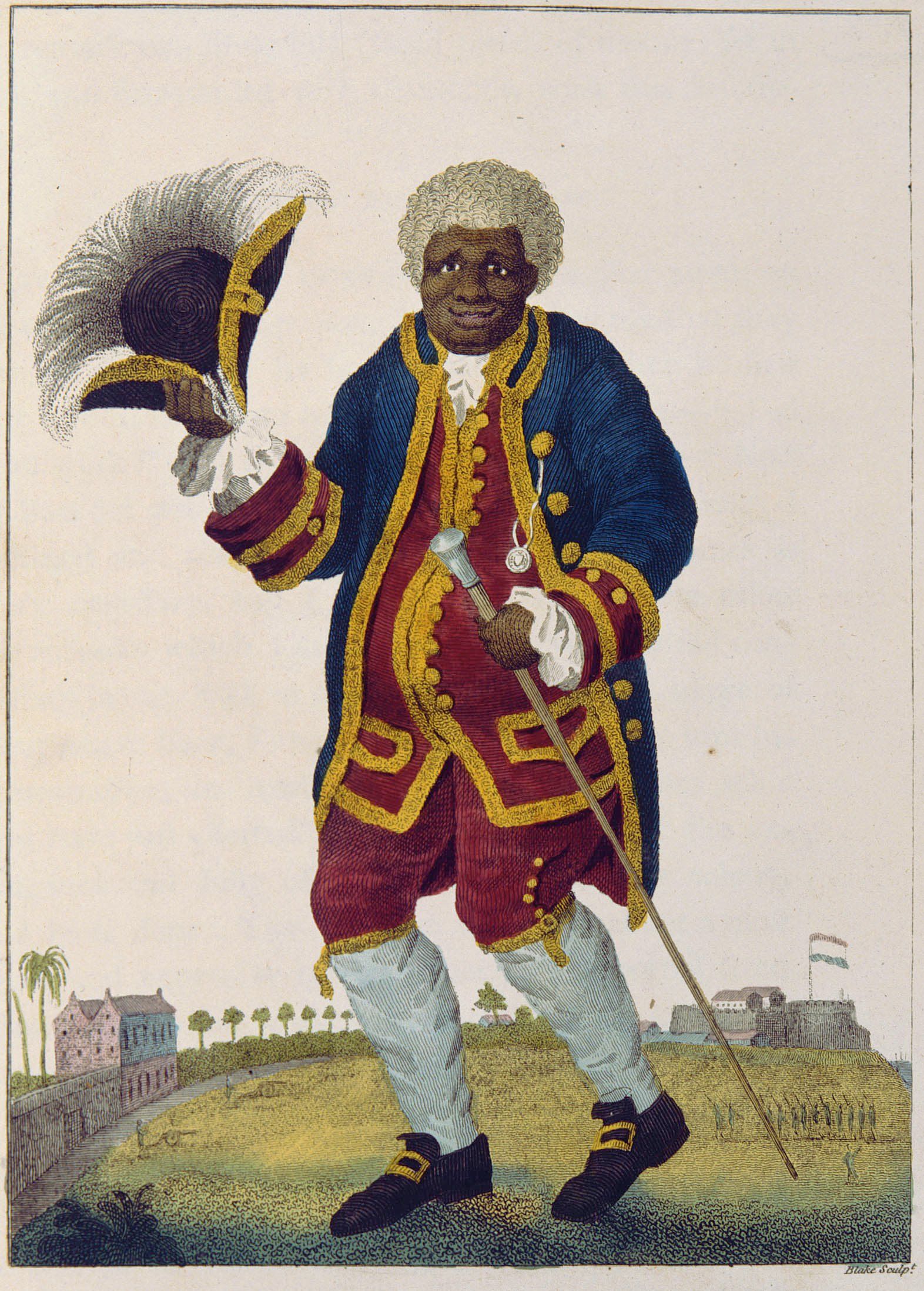
Kwasi (pictured) knew that a plant called Quassia amara could treat infections caused by internal parasites if drunk as a bitter tea. His secret formula was sold to a student of Linneaus, and eventually became popular throughout Europe (and is still used today). The plant is named in his honour. Yet Kwasi himself is not mentioned in the museum’s interpretation of the gilded canopy – a ceiling display of 162 botanical panels of plants from across the world, including Quassia – despite his contribution and renown.
These erasures haven’t gone unnoticed; to marginalised groups, they are obvious. A survey of people from minority ethnic backgrounds found that participants deemed science museums too “lofty” and that they “pigeon-holed black people via narrow, racist portrayals”.
Addressing the past
Around the world, some natural history museums have taken steps towards acknowledging their dark pasts. In 2018, the German government funded a workshop on how to decolonise these scientific collections, and the Natural History Museum has carried out a project on the links between slavery and the natural world. But progress has been slow.
Lowe and Das suggest that the first step towards redressing racism is to display the history of collections alongside the existing interpretation. Lowe herself has led black history tours through the entrance hall of the Natural History Museum, and both academics are part of Museum Detox, a network for museum workers of colour.
But redressing these wrongs is not the duty of passionate individuals; institutional action is needed, too. Inkcap emailed some of the major natural history museums around the UK – in London, Oxford, Cambridge, Bristol, Newcastle, and Edinburgh – to ask how they were addressing their racist roots.
Responses from museums
The Museum of Zoology at the University of Cambridge was the only museum to fail to respond at all. A press officer from the Oxford University Museum of Natural History said that it was “a complex issue for which we don't have a ready statement”. The other museums provided varying levels of detail.
Nick Fraser, head of the Department of Natural Sciences at National Museums Scotland, said: “We recognise that histories of racism and colonialism extend across the different collections in different ways and we shall certainly be addressing these issues in our everyday work. However, we have a lot more work to do in this area.”
The Natural History Museum in London initially declined to comment, but later sent the following statement: “We are taking issues around decolonisation seriously and are considering the diverse views that exist within the Museum and externally. We want to better understand the implications of the origins and current use of collections and knowledge, and to develop actions to respond to this – we are planning to undertake internal workshops as a first step towards this this year. We are seeking ways to represent more voices and stories around the collection.”
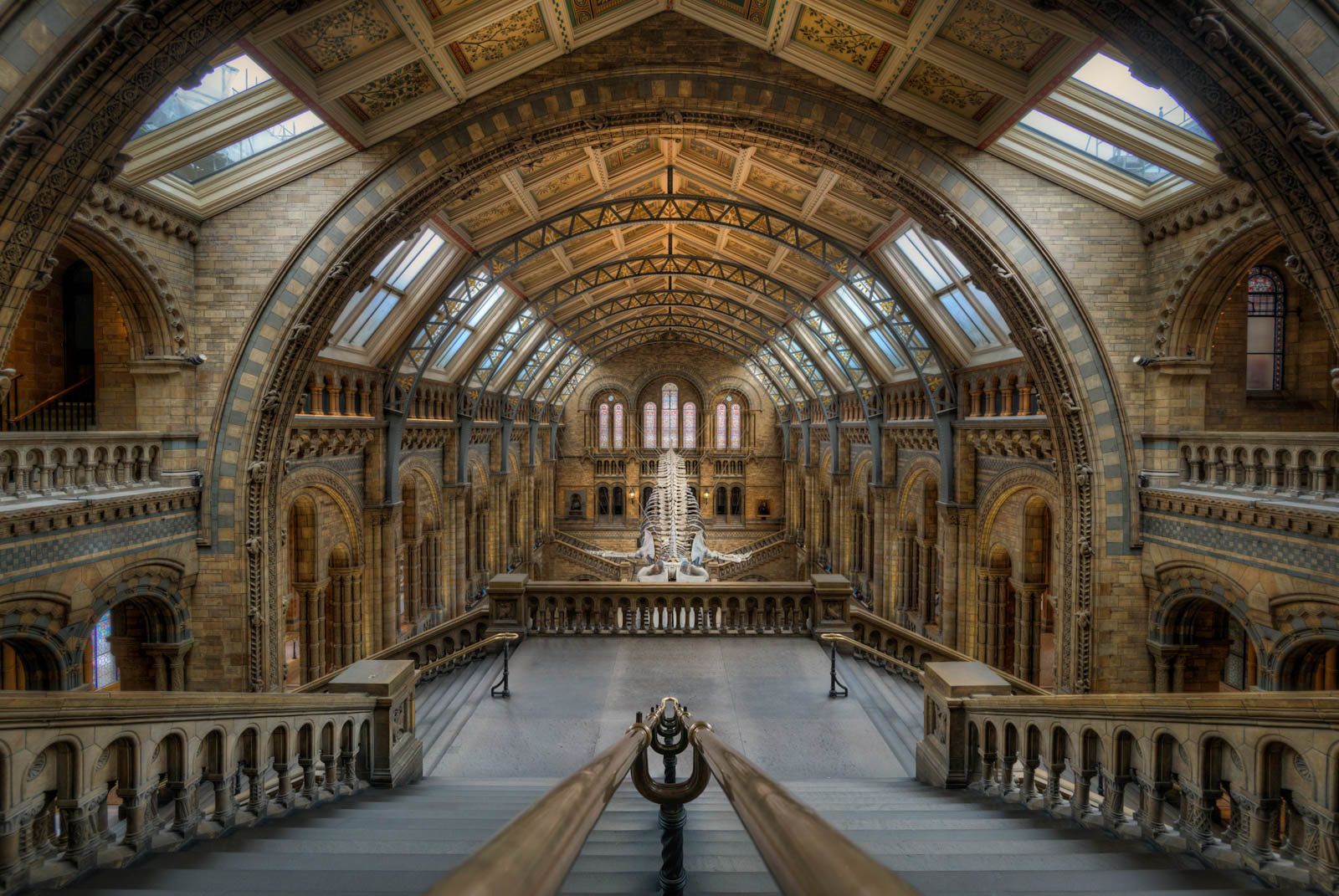
Rhian Rowson, natural history curator at Bristol Museums, said, “Of course we are addressing this with various projects that I have been and I am working on,” and said that the museum was currently working on a project proposal that “crosses over the empire collection, the world collection with the natural sciences collection because they don't sit in silos.”
At the Hancock Museum in Newcastle, museum manager Caroline McDonald said that it was a “subject we are very interested in”. The Keeper of Natural Science, Dan Gordon, is currently researching the museum’s African taxidermy, who collected it, and how this information might inform how the museum works with those collections in the future. “Ultimately we hope to use the outcomes of our research to drive actions with regards interpretation, collaborations etc - but we are a little way off from that just yet,” she added.
Racism is in the roots of these institutions and the work to unwind it will have to run deep. But that work, it seems, has scarcely begun.
Subscribe to our newsletter
Members receive our premium weekly digest of nature news from across Britain.
Comments
Sign in or become a Inkcap Journal member to join the conversation.
Just enter your email below to get a log in link.

